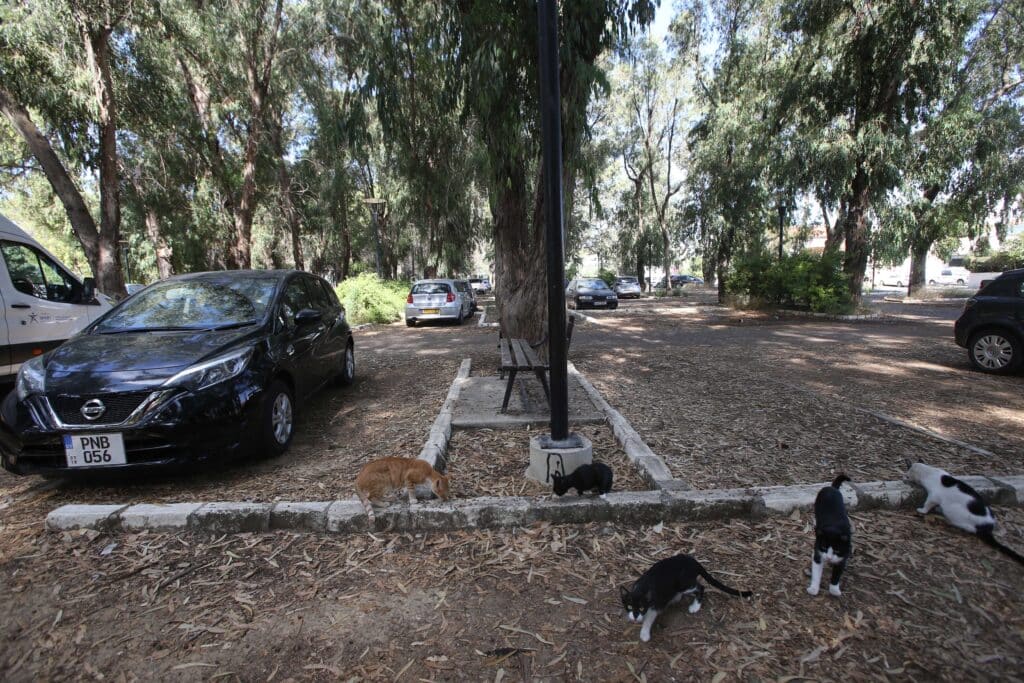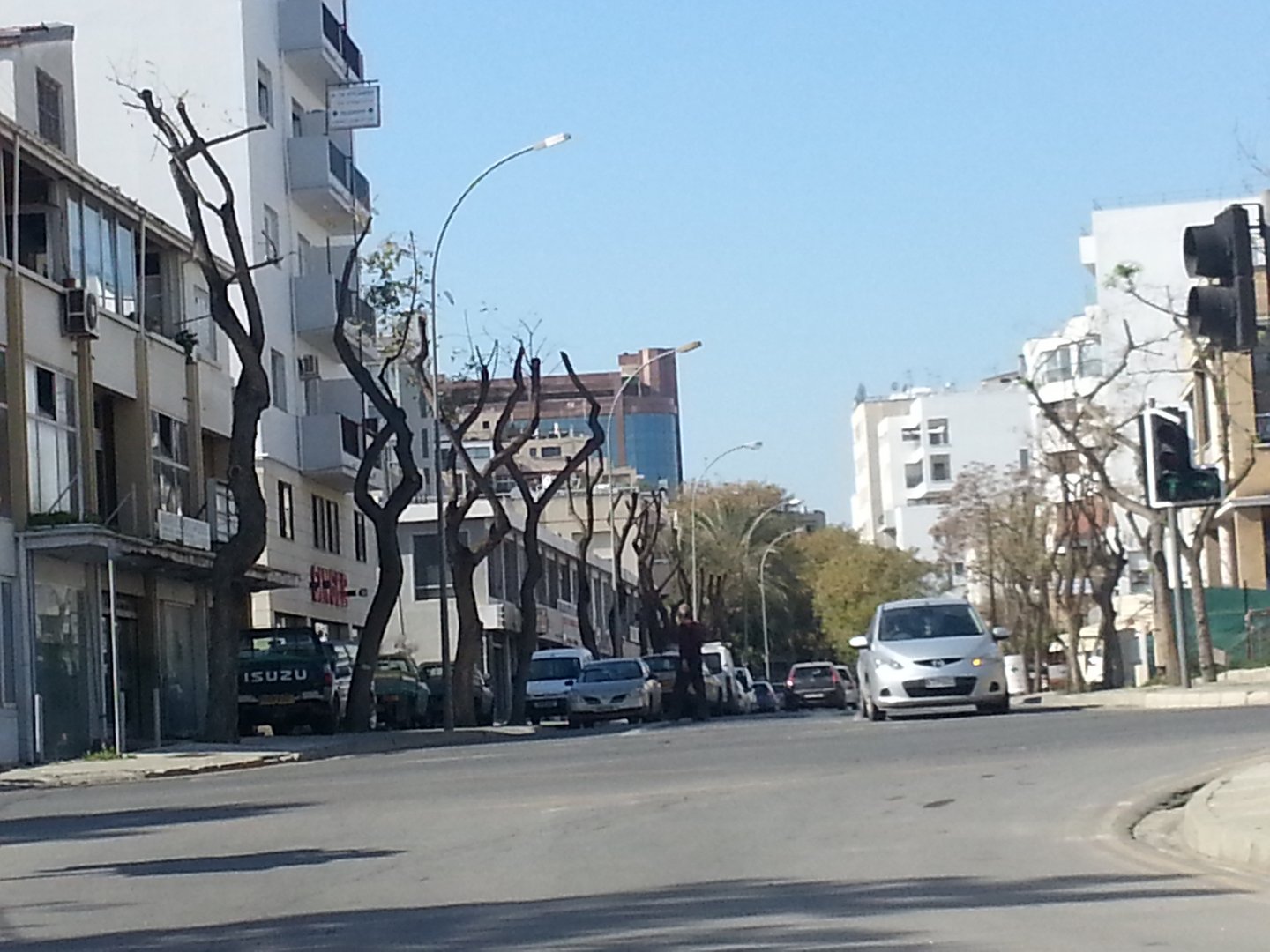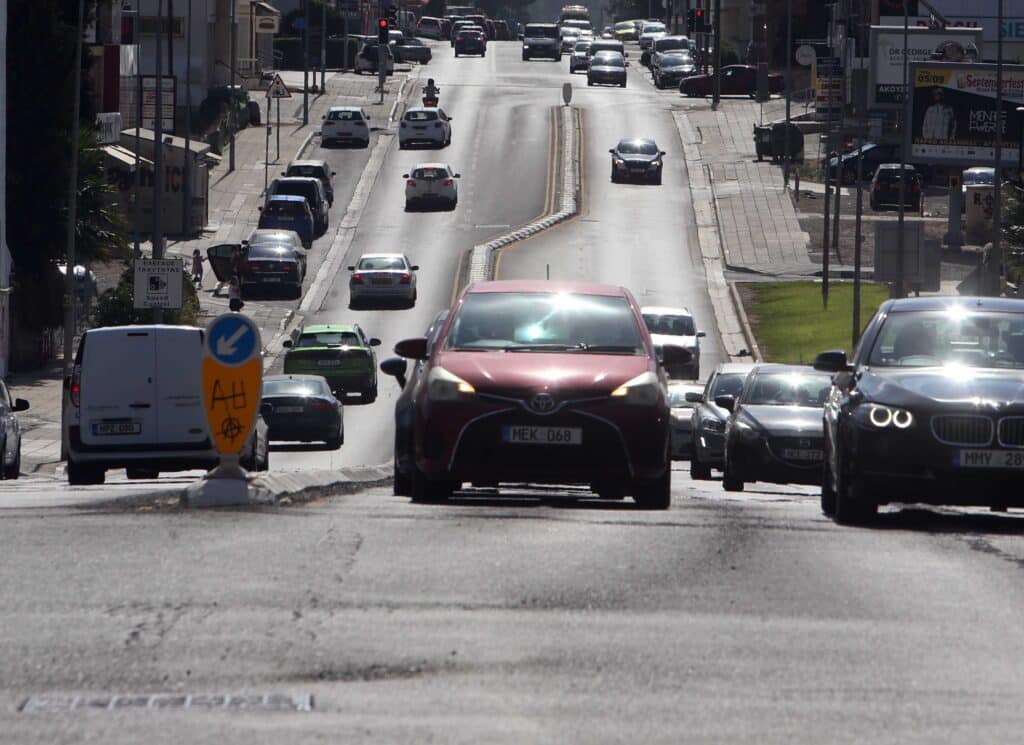Cyprus’ capital city boasts just four per cent of tree coverage
Whenever a data collection company releases a table of statistics regarding tree coverage or green spaces in European cities, Nicosia tends to prop it up, or at the very least find itself somewhere towards the bottom.
Just four per cent of Nicosia is covered by trees, for example, putting it in last place on the European Environment Agency’s recent list. This is less than Maltese capital Valletta, which has seven per cent tree coverage, and just over a third of Athens’ 11 per cent.
These numbers are a long way off the heady, rain blessed heights of Oslo’s 72 per cent, Ljubljana’s 50 per cent, or Berlin’s 44 per cent of tree coverage, but this is not to say that tree coverage in Europe is the exclusive property of northern and central Europe.
Madrid, also an inland capital city of a (largely) Mediterranean country, has 39 per cent of its area covered by trees. One could argue that this provides evidence that Nicosia is not just a victim of its geography but rather of more human factors.
To be fair to Nicosia, when total “green infrastructure” is taken into account, therefore including other urban green spaces, the city rises to the heady heights of third-last in the European table.
In this count Nicosia has more total green infrastructure than both Athens and Valletta, but less than Pristina, Skopje, and every other capital city of the 38 measured by the European environment agency.
“Green infrastructure” refers to all park areas and open green spaces, irrespective of their tree coverage.
The capital’s lack of trees has not gone unnoticed by locals.
“There is a stark difference between Nicosia and all the other capitals of Europe – even the Middle East. We have little green cover in our urban cities … it seems to be a competition for who can have the least green street!” Nicosia resident Costas, 43, told the Cyprus Mail.
He said last year he visited Andalusia, in Spain, on holiday. “Despite more than 40C degree weather in Seville … it was somewhat tolerable compared to Nicosia as there were trees literally everywhere. Not the odd ornamental tree, but large shady, green-covered spaces everywhere.”
Asked why he thinks there is so little greenery in Nicosia, Costas said: “we have a culture that lacks an understanding of the benefits trees provide to our cities, including shade, dust absorption, temperature reduction, air purifying, and more.

Nicosia English School park. The city rises to the heady heights of third-last in the European table when comes to total ‘green infrastructure’ (Christos Theodorides).
“We have a municipality that is axe-happy. I believe it’s to do with trying to be efficient, not in favour of the residents, but in favour of the workers who don’t want to regularly maintain trees. They just want to pollard the trees to an inch of their lives so they don’t have to return for a few years.”
The benefits of which Costas speaks are obvious. Trees absorb carbon dioxide, helping with the fight against climate change, as well as filtering pollutants from the air.
They also offer shade, a point which is particularly pertinent during the long, hot summer days in Nicosia when walking through the city becomes an arduous task due to the heat.
In addition, they release chemicals called phytoncides into the air, which strengthen our immune, hormonal, circulatory and nervous systems.
“The municipality needs to take a leaf from the book of other European cities. They need to mimic and educate themselves on the proper choice of trees and location planting in the streets of our city,” Costas said.
“It will be a slow process, but it needs to be slowly drummed into the minds of Cypriots and slowly become an embedded cultural aspect… You could have a financial incentive for people to plant trees within their property by offsetting their [tax] rates,” he added.
Efi Xanthou, parliamentary assistant for the Green party, pointed to other financial motivations as a reason behind Nicosia’s lack of green space.
“It’s all about money. Officials are constantly saying ‘we have 300 parks and not even 10 employees to deal with them’. They think more employees create more expenditure and that green spaces generate no income,” she said.
She alleged that “green space is considered wasted land” by municipalities.
One of the issues created by a lack of green spaces in Nicosia, she said, is the issue of “thermal islands”.
Structures such as buildings, roads and other infrastructure absorb and re-emit the sun’s heat more than trees, and therefore the temperature around them remains higher both during the day and during the night.
Higher temperatures overnight in these areas also lead to a higher starting point when the sun rises, creating a cycle of ever-increasing temperatures throughout the summer months.
As for a solution, she said that public rights of way, a hangover from the British colonial government, should be found and reclaimed and turned into green spaces.
“Some unused buildings on those rights of way could be demolished to make way for a green space, which will bring temperatures down and reduce the effect of these thermal islands,” she said.
The Nicosia municipality said that tree numbers are not all the responsibility of the municipality as the area defined as ‘Nicosia’ differs from survey to survey.
In some surveys, it would appear that only the area within the municipal boundaries of Nicosia counts as ‘Nicosia’, whereas in others, areas outside the existing municipal boundaries such as Strovolos and Aglandjia are also included.
It is not, however, expected that this would make a large difference to the overall statistics based on percentages, as the larger, far greener areas of Aglandjia – which includes Athalassa forest – would be cancelled out by the mostly tree-starved industrial areas of Strovolos.








Click here to change your cookie preferences